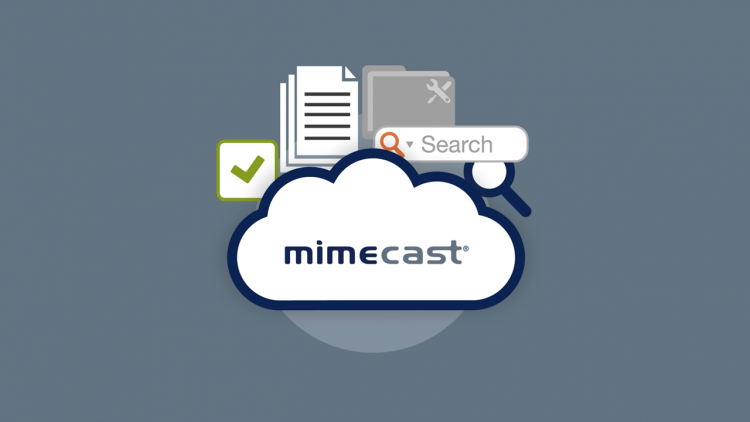Gartner has recognised Mimecast Cloud Archiving in its Magic Quadrant for Enterprise Information Archiving. With this year’s recognition, Mimecast has been named as a Leader for the second year in a row.
Moreover, for the first time, Mimecast placed the highest within the Leader Quadrant for both Ability to Execute and Completeness of Vision. This momentous recognition offers an occasion for reflection on the nature of information archiving and Mimecast’s place in the market.
A Breakaway Moment
The range of archiving use cases we can now help you address has multiplied, from regulatory compliance such as Public Access to Information Act (PATI) in Bermuda to end-user enablement, mailbox management, and layered protection against the scourge of ransomware.
Gartner’s EIA Magic Quadrant report sheds light on a breakaway moment. The state of archiving has clearly morphed. Freed from the confines of costly and labor-intensive premises-based infrastructures, today’s cloud-based solutions offer streamlined administration, fast search performance, and end-user value, in addition to affordability.
Finally, businesses and organisations in the Caribbean, Bermuda and Latin America now face their own breakaway opportunities, applying next-generation archiving technologies to master today’s myriad of business challenges.
Documenting An Archiving Inflection Point
Like other recent analyst research reports, Gartner’s latest EIA MQ instalment bravely captures a transition point in the fast-evolving archiving market. The current roster of cloud archiving vendors have gotten here via a diversity of paths, including social media, search engine, backup-and-recovery, and enterprise content management (ECM), among others.
What brings us together? Three major business trends:
– Email’s primacy as a business resource
– More rigorous compliance requirements
– Increasing exposure to costly litigation
This lends the EIA market a “gene pool” that’s remarkably rich, which is both good and bad for businesses and organisations that seek the archiving solution best suited to their particular needs. Good in the sense that, no matter the set of use cases you seek to fulfill, the chance that the right solution is out there is quite high. Bad in the sense that finding that right solution can be challenging.
In this context, we applaud the work of Gartner. Gartner’s systematic assessments of vendors’ specific capabilities and strengths – and, by extension, these vendors’ long-term viability as solution partners – is invaluable for organisations who need to fully leverage technology while minimising investment risk.
